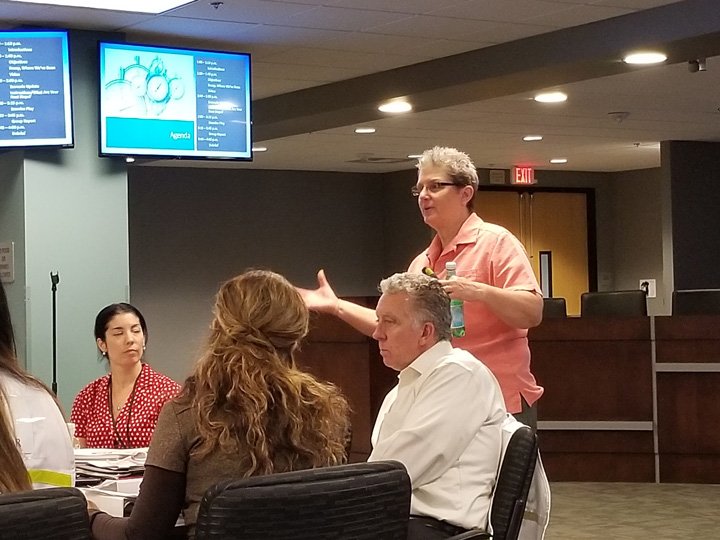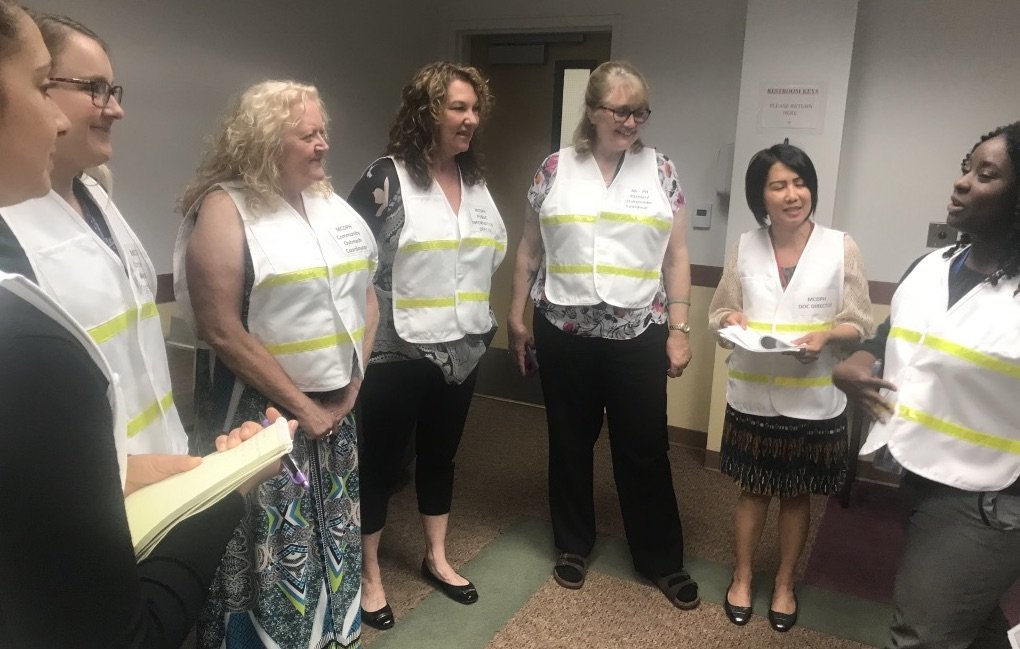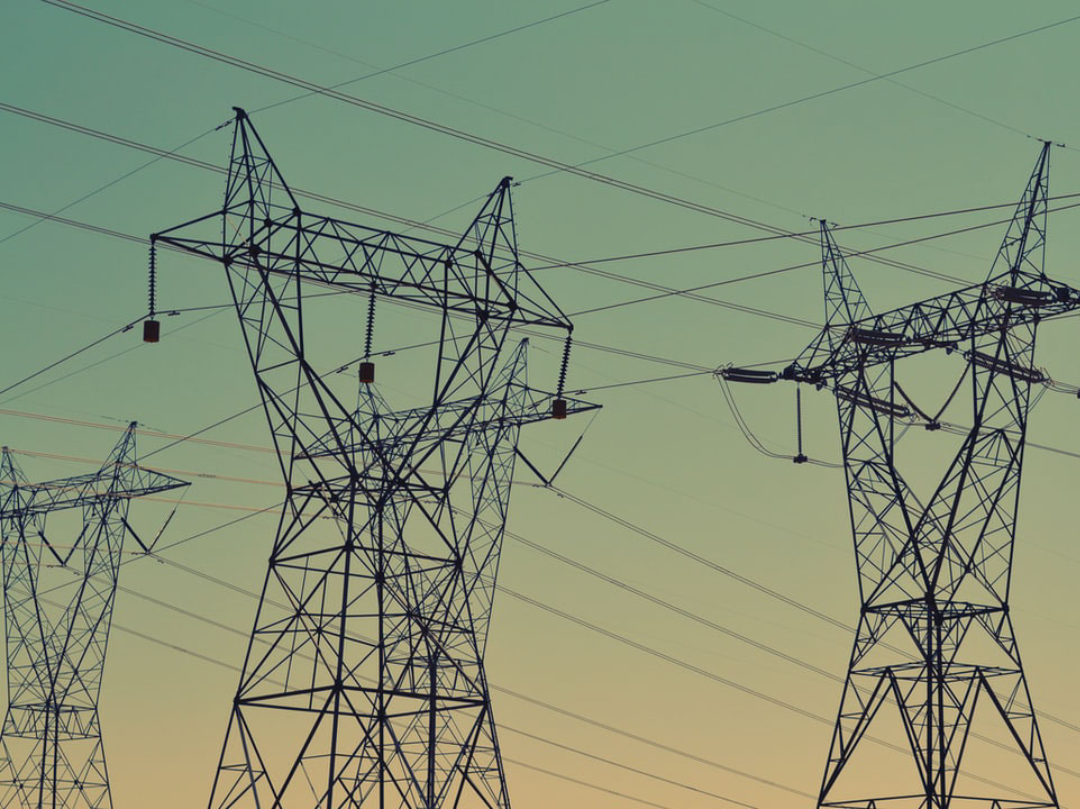Emergency Planning For Critical Infrastructure
We provide emergency planning for all types of critical infrastructure and key resources. It is crucial to plan for emergencies and disasters to maintain functionality of society. It is our mission to support local government and utilities in their mission to be disaster resilient.
Emergency Planning For Critical Infrastructure
We provide emergency planning for all types of critical infrastructure and key resources. It is crucial to plan for emergencies and disasters to maintain functionality of society. It is our mission to support local government and utilities in their mission to be disaster resilient.
Customized Plans
We take an in-depth look at what factors impact you and create emergency plans along with training so your staff in thoroughly prepared.
Our specialized team of critical infrastructure consultants knows how to protect you in emergencies and disasters. Schedule a call to talk to an expert.
What is CI/KR?
Critical Infrastructure/Key Resources (CI/KR)
Critical Infrastructure (CI) are sixteen (16) sectors defined by the U.D. Department of Homeland Security. These sectors, whose assets, systems, and networks, whether physical or virtual, are considered so vital to the United States that their incapacitation or destruction would have a debilitating effect on security, national economic security, national public health or safety, or any combination thereof. Presidential Policy Directive 21 (PPD-21): Critical Infrastructure Security and Resilience advances a national policy to strengthen and maintain secure, functioning, and resilient critical infrastructure. Key Resources (KR) are publicly or privately controlled resources essential to the minimal operations of the economy and government.
These Critical Infrastructure sectors are listed below:
- Chemical
- Commercial Facilities
- Communications
- Critical Manufacturing
- Dams
- Defense Industrial Base
- Emergency Services
- Energy
- Financial Services
- Food and Agriculture
- Government Facilities
- Healthcare and Public Health
- Information Technology
- Nuclear Reactors, Materials, and Waste
- Transportation Systems
- Water and Wastewater Systems
Each of these sectors can be impacted by natural disasters, manmade events, and/or malevolent acts, and can have a debilitating and cascading impact on other sectors due to interdependency. Critical Infrastructure owners and operators, and emergency management and security management organizations, whether private, public or tribal, are expected to have their organizations prepared, and ready to respond, recover and mitigate, no matter the cause.
What is CI/KR?
Critical Infrastructure/Key Resources (CI/KR)
Critical Infrastructure (CI) are sixteen (16) sectors defined by the U.D. Department of Homeland Security. These sectors, whose assets, systems, and networks, whether physical or virtual, are considered so vital to the United States that their incapacitation or destruction would have a debilitating effect on security, national economic security, national public health or safety, or any combination thereof. Presidential Policy Directive 21 (PPD-21): Critical Infrastructure Security and Resilience advances a national policy to strengthen and maintain secure, functioning, and resilient critical infrastructure. Key Resources (KR) are publicly or privately controlled resources essential to the minimal operations of the economy and government.
These Critical Infrastructure sectors are listed below:
- Chemical
- Commercial Facilities
- Communications
- Critical Manufacturing
- Dams
- Defense Industrial Base
- Emergency Services
- Energy
- Financial Services
- Food and Agriculture
- Government Facilities
- Healthcare and Public Health
- Information Technology
- Nuclear Reactors, Materials, and Waste
- Transportation Systems
- Water and Wastewater Systems
Each of these sectors can be impacted by natural disasters, manmade events, and/or malevolent acts, and can have a debilitating and cascading impact on other sectors due to interdependency. Critical Infrastructure owners and operators, and emergency management and security management organizations, whether private, public or tribal, are expected to have their organizations prepared, and ready to respond, recover and mitigate, no matter the cause.
Services
How to Prepare Your Company for Emergencies and Disasters

Virtual Trainings
- Infectious Control Planning
- COVID-19
- Surviving an Active Shooter Incident
- Crisis Communications, Media Relations, Public Information Officer
- Infection Control
- HAZMAT First Responder Operations/Awareness
- Workplace Violence
- Disaster Mental Health
- Personal preparednes

Drills and Exercises
We pride ourselves in offering our clients peace of mind by helping them prepare for, learn the skills to respond to and recover from a disaster. Drills and exercises are the perfect way to test your plan, prepare your staff, and improve your school’s safety.

Customized Emergency Plans
- Business Continuity Planning
- Business Impact Analysis and Risk Assessment
- Emergency Management Planning
- Hazard Vulnerability Analysis
- All hazards emergency operations planning
- Continuity of Operations (COOP) planning
- IT and disaster recovery planning
- Medical Surge Planning




